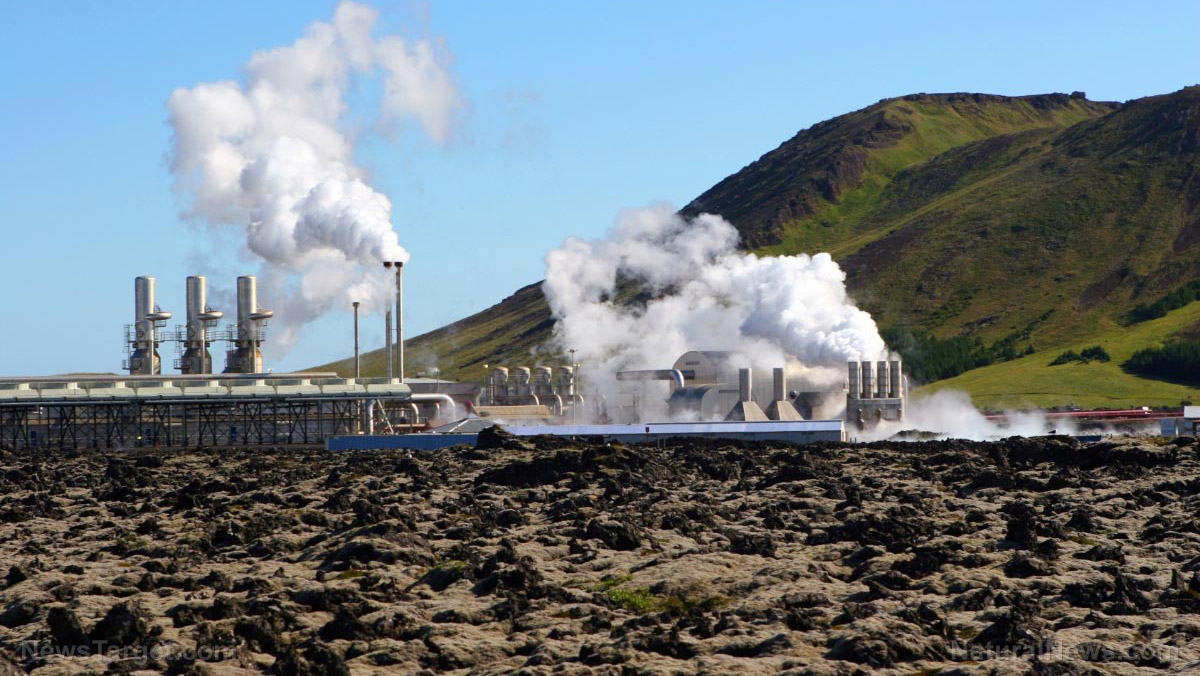 Parler
Parler Gab
Gab
- A new study links airborne TCE exposure to a higher risk of Parkinson's disease.
- The chemical has polluted air and water, contaminating up to 30% of US drinking water.
- Federal regulators have been slow to act, with only two states banning most TCE uses.
- Experts are demanding a full ban on TCE and cleanup of contaminated sites.
- Global use of TCE is still projected to increase despite the known dangers.
A widespread and invisible threat
The danger of TCE lies in its pervasiveness and invisibility. Many people are exposed daily without any knowledge. The chemical can intrude into homes through vapor intrusion from contaminated groundwater, turning basements and living rooms into toxic gas chambers. Families living near industrial sites, military bases, or even in homes built above contaminated aquifers are at constant risk, breathing in TCE while sleeping, drinking it in tap water, and absorbing it through their skin in the shower. Mounting evidence from case studies, epidemiological research, and animal studies underscores the potential link between TCE exposure and Parkinson’s disease. A 2012 twin study found that exposure to TCE increased the risk of developing Parkinson’s by a staggering 500%. A separate analysis of Marines exposed to TCE-contaminated water at Camp Lejeune showed a 70% higher rate of Parkinson's disease.Regulatory failure and corporate negligence
The response from federal regulators has been dangerously slow and ineffective. In January, the Environmental Protection Agency determined that TCE presents an unreasonable risk to human health. The EPA announced a ban on most TCE uses in 2024. However, this critical public health protection faces legal challenges from industry interests, leaving the chemical in use and millions of Americans unprotected. Currently, only two U.S. states have taken independent action to regulate TCE. Minnesota and New York have banned most uses of the chemical, highlighting a patchwork approach to a national crisis. The authors of the recent research and other experts are calling for comprehensive cleanup and containment of contaminated sites, as well as a complete ban on TCE use. Despite the known risks and the growing body of evidence, global TCE use is projected to increase by 3% annually. This continued production and use, despite the clear dangers, points to a system that prioritizes corporate profit over human life and well-being. The thousands of contaminated sites across the nation represent a toxic debt that will plague communities for generations. Sources for this article include: NaturalHealth365.com MedPageToday.com ScienceDaily.comTaiwan seeks advanced Patriot missiles amid rising military threats from Beijing
By Kevin Hughes // Share
Russia OPPOSES U.S. reclamation of Bagram Air Base in Afghanistan
By Ramon Tomey // Share
U.S. military resurrects ancient Arctic bacteria genetically linked to deadly botulism toxin
By Lance D Johnson // Share
Drones, missiles and diplomacy: How the U.S.-China tech war over Taiwan could spark a global crisis
By Gregory Van Dyke // Share
Sodium benzoate: The hidden dangers of a common food preservative
By Laura Harris // Share
Governments continue to obscure COVID-19 vaccine data amid rising concerns over excess deaths
By patricklewis // Share
Tech giant Microsoft backs EXTINCTION with its support of carbon capture programs
By ramontomeydw // Share
Germany to resume arms exports to Israel despite repeated ceasefire violations
By isabelle // Share










